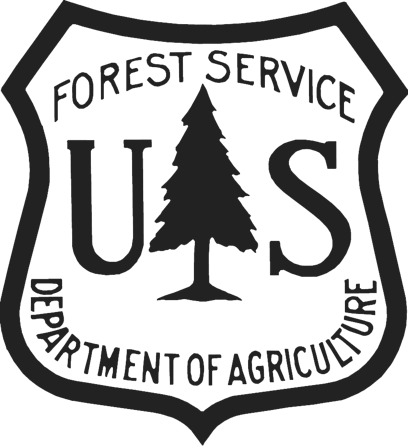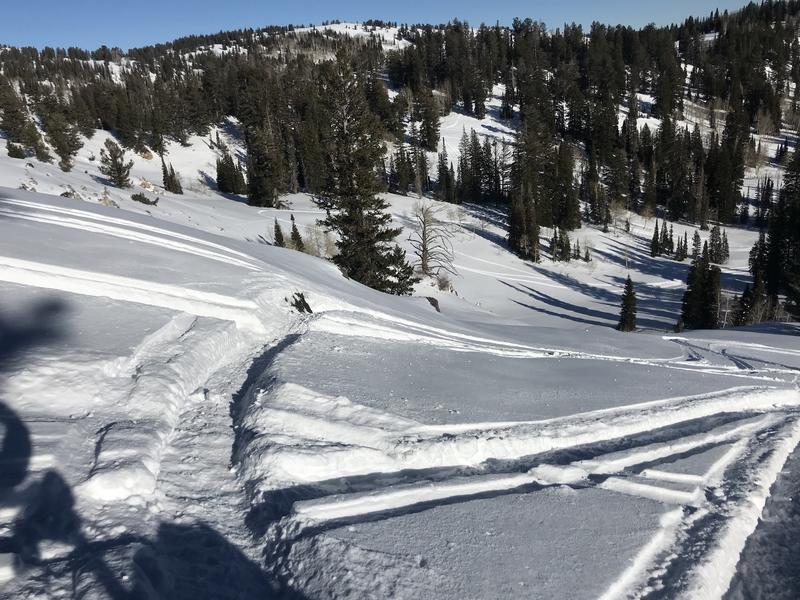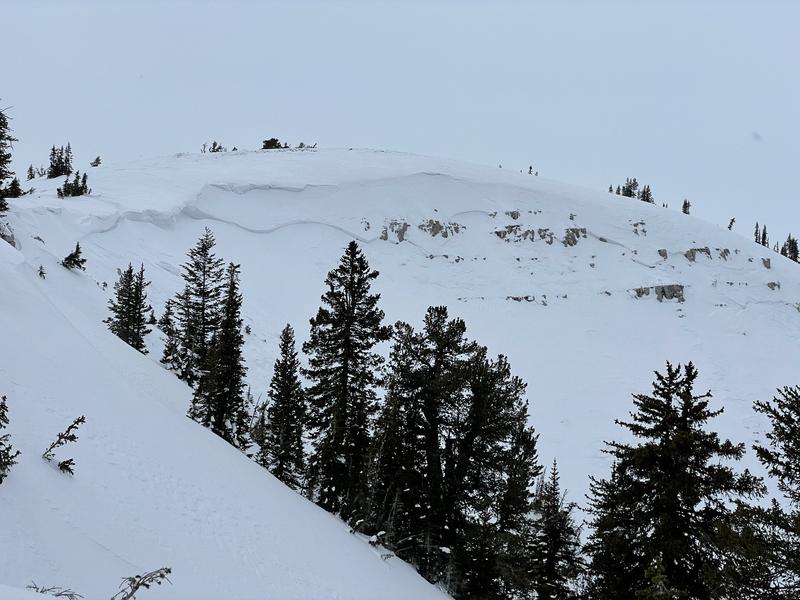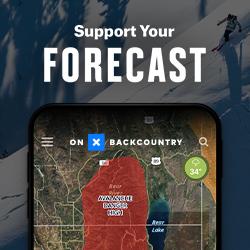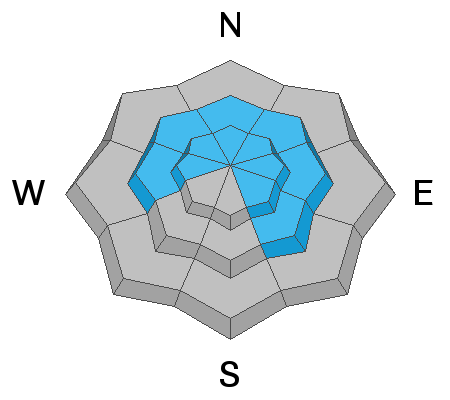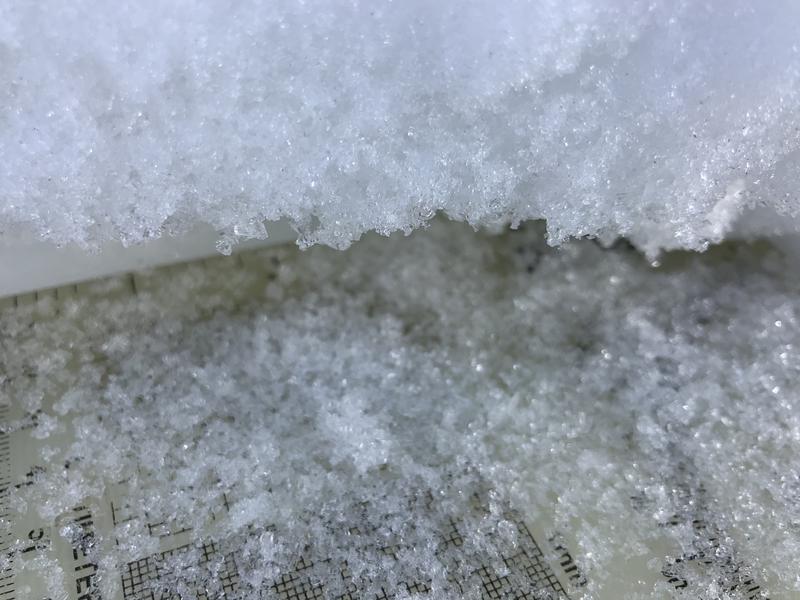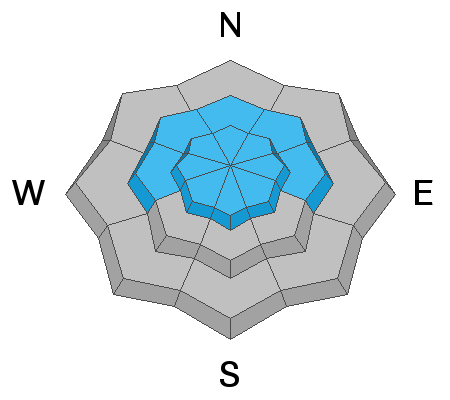Forecast for the Logan Area Mountains

Issued by Toby Weed on
Saturday morning, January 2, 2021
Saturday morning, January 2, 2021
Heightened avalanche conditions and MODERATE danger exist at mid and upper elevations in the backcountry. People could trigger dangerous slab avalanches failing on a sugary persistent weak layer. Avalanches could be triggered remotely or from a distance.
You can find safer conditions and pretty nice snow in sheltered terrain and on lower angled slopes. There is very little snow at many winter trail heads and LOW danger on low elevation slopes.
You can find safer conditions and pretty nice snow in sheltered terrain and on lower angled slopes. There is very little snow at many winter trail heads and LOW danger on low elevation slopes.
- Shallow snow coverage dictates careful travel, and hitting shallowly buried rocks still presents serious risk in the backcountry.
- Cracking and collapsing indicate unstable snow.
- Evaluate snow and terrain carefully, and continue to stay off and out from under steep drifted slopes.
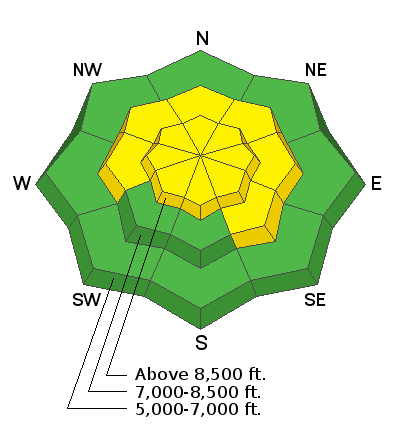
Low
Moderate
Considerable
High
Extreme
Learn how to read the forecast here


